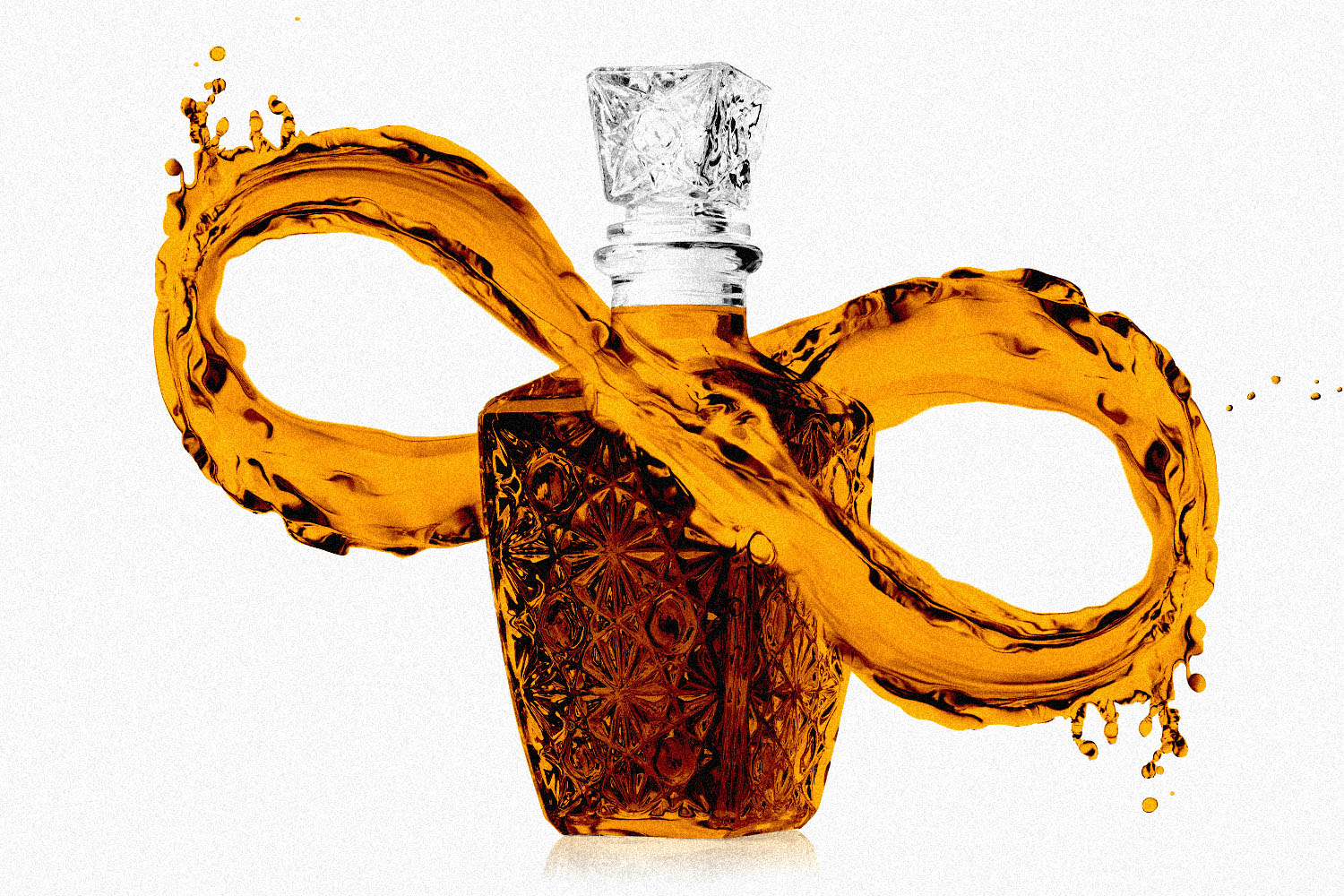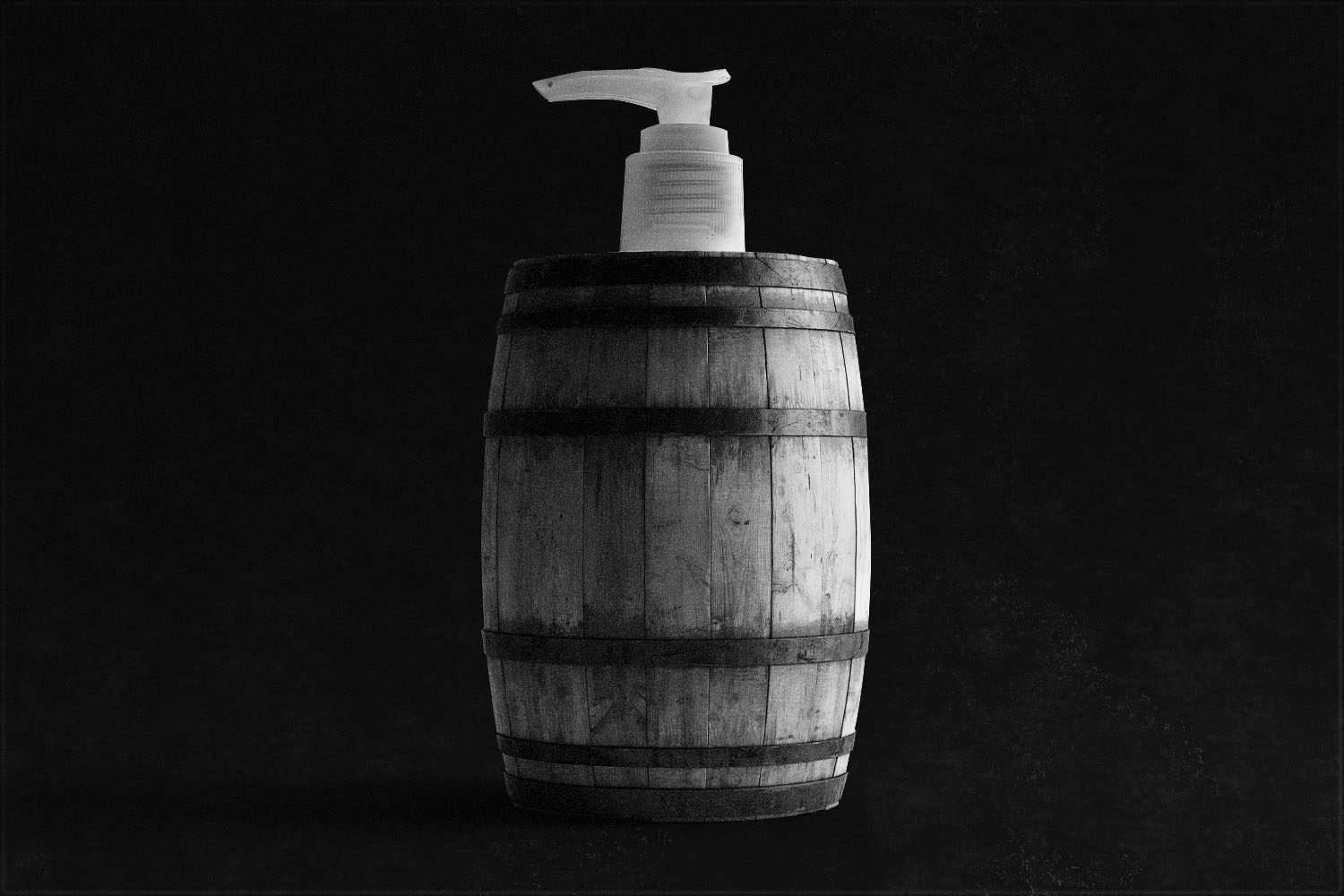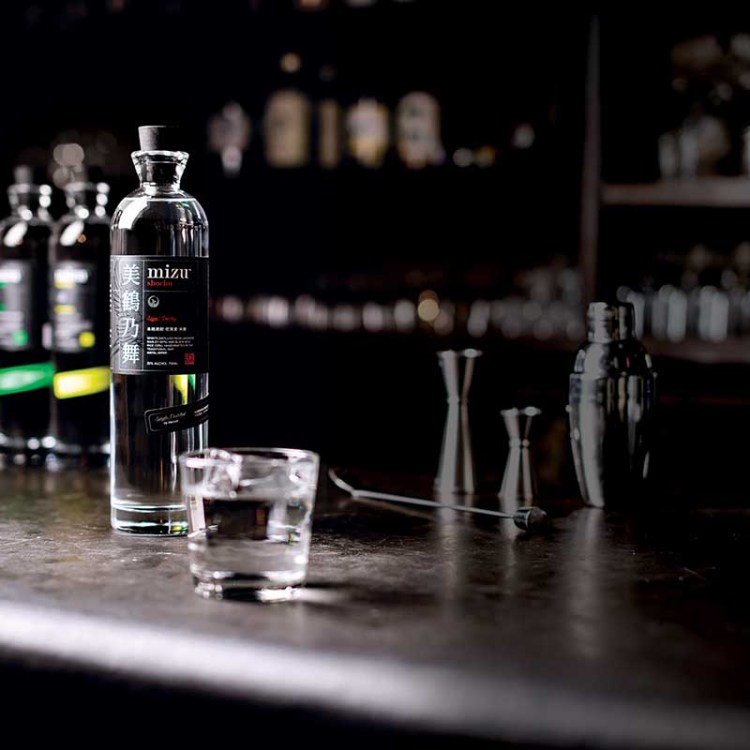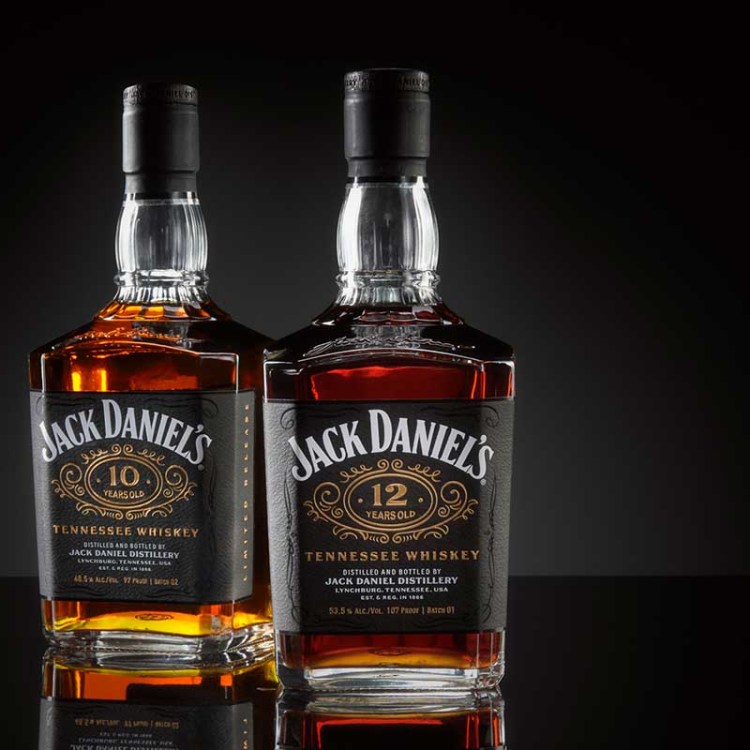When it comes to making whiskey, there is both the art and the science. Monitoring the pressure and temperature of the stills, tracking the alcohol content of the distillate and tasks of the objective sort are considered the science. The art involves the human senses: sight, taste and smell being the most essential. In the whiskey world, those senses combine to complete one of the most important duties there is: whiskey blending.
While this is typically a task left to the Master Blenders of distilleries, amateur whiskey enthusiasts are now replicating the process at home out of a desire to create bespoke blends using commercially available bottles, a practice many refer to as “vatting.” These unique blends are often traded amongst friends, or shared at gatherings as a way to express their refined palates and creativity. Bartenders have also taken to vatting to create their own house whiskey blends for cocktails. “It allows you to create something unique that’s all your own,” says Matt Colvin, operating partner of Lawrence Park, in Hudson, NY, and an avid whiskey collector. “There are so many whiskeys that can be purchased off the shelf that are great but might be missing something to fit your specific palate. By blending other whiskey into it you can adjust the flavor profile to suit your liking.”
There aren’t any hard rules to follow when it comes to the art of blending, but these guidelines will help steer you in the direction of creating a consistently delicious blend and help make the process a little bit easier.
Know what you like
It’s important to know which flavors, and styles of whiskey you like. “Discover what characteristics you enjoy in whiskey,” says Harrison Ginsberg, bar manager at Crown Shy and Heaven Hill Distillery’s bartender of the year in 2018. “Do you like heavy malt characteristics? Do you enjoy wheated bourbon? High Rye content? The first step is finding out exactly what you like to drink. If you don’t know, write down a list of whiskies that you do enjoy and find out what the mash bill on those are.”
Everyone’s palate is different. If you tend to favor sweeter whiskies, then bourbon might be your best bet; if you enjoy a balance of spice as well, then rye could be a good place to start; and if you enjoy a savory grain flavor, then a single malt could be your go-to.
For experienced bartenders like Ginsberg, playing around with blends across categories of whiskey is the next step. He found that Irish whiskey and rye whiskey have a natural affection for one another with the fruitiness of the Irish whiskey and the spice of the rye. Other progressions might be looking at the types of barrels used during the aging process, the origin of the grains used in the whiskey, the filtration methods and other factors that influence a whiskey’s flavor. All of that said, this exploration will lead you to a spirit which you can use as the base for your blend, which is important.
Make sure you have the tools
Before you dive into tasting and blending, it’s important to have a few tools to help you out with accurate measuring to help you create a balanced blend, and also dilute your whiskey to the desired proof if needed (more to come on that in the next section). Here are some of the essentials, according to Colvin:
- A graduated cylinder. You can buy one online for a few bucks and it will allow you to be precise when testing blends.
- A pen and paper. Keeping notes on all of your trial and errors is huge. If you don’t make notes, you will forget.
- A culinary measuring cup. Once you are ready to scale up a blend you can use a culinary measuring cup to make sure you keep those same proportions. For smaller measurements into glassware, a jigger will be useful.
- A hydrometer. If you are concerned about keeping track of the proof of your whiskey, or if you want to proof down a blend with water, you can buy a simple hydrometer. They are surprisingly easy to use. (This proof calculator is also an excellent resource to reference when tracking your whiskey’s alcohol content.)
- Empty bottles and a no-rinse sanitizer (like Star San). You are eventually going to want to keep bottles of your blends around, and you are going to want those bottles to be clean before you use them. To transfer your blend into a bottle, make sure you have a funnel handy as well.
Start small and keep it affordable
“Honestly, the best place to start is just by blending whiskeys in your glass when drinking at home,” Colvin says. “It’s not the most precise method, but it can give you a basic idea of flavor profiles and proportions.”
First decide how many whiskeys you want in your blend, which whiskeys you want to use (start by picking one style), and what you want your base to be. Start with a base of reasonably priced whiskey — let’s say bourbon — within the 45-55 percent ABV range, like Evan Williams Bottled-in-Bond, or Wild Turkey 101.
“After I have my base whiskey, I’ll pick two or three other whiskeys to blend into it,” Colvin says. “I’ll start with four glasses, keeping one as the control with only the base whiskey in it. Then with the other three glasses put an equal amount of your base whiskey inside. After that I place different proportions of the additional whiskey in each glass. I will taste through the control and each blend, taking notes along the way.”
Even though the base whiskey may be a value brand, it should still be quality. “You can’t fix a bad whiskey,” says Colvin. “Your blend is only going to be as good as it’s components, so start with something you actually like.” Eventually, you’ll find a blend you love, but starting small is important as it may take many iterations to really nail it.
Once you strike liquid gold, scale up
This is the easy part. Once you record a blend that you are satisfied with, you’ll want to use your graduated cylinder, or measuring cup, to scale up your blend for bottling. If your blend was 2 oz. of your base, and 1 oz. of two other whiskeys when measuring in your rocks glass, then you can translate that number into cups, or into an appropriate ratio and measure accordingly (2:1:1 in this case).
You could also try your favored blend at different proofs by adding water using the proof calculator — after also calculating your blend’s ABV — but that is at your discretion and could be the next project after you gain some more experience.
This article was featured in the InsideHook newsletter. Sign up now.




















